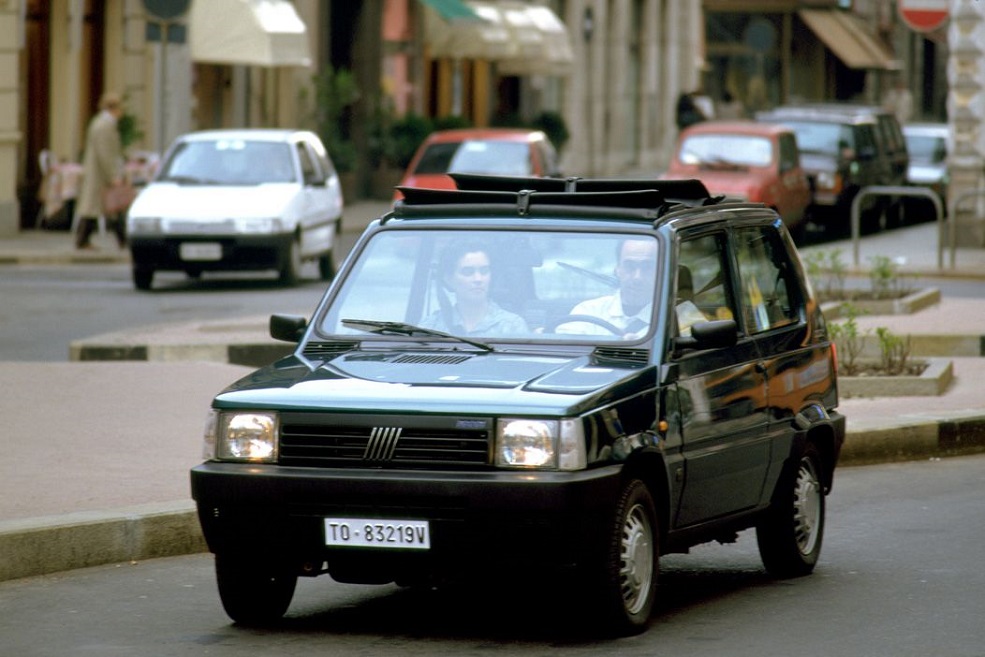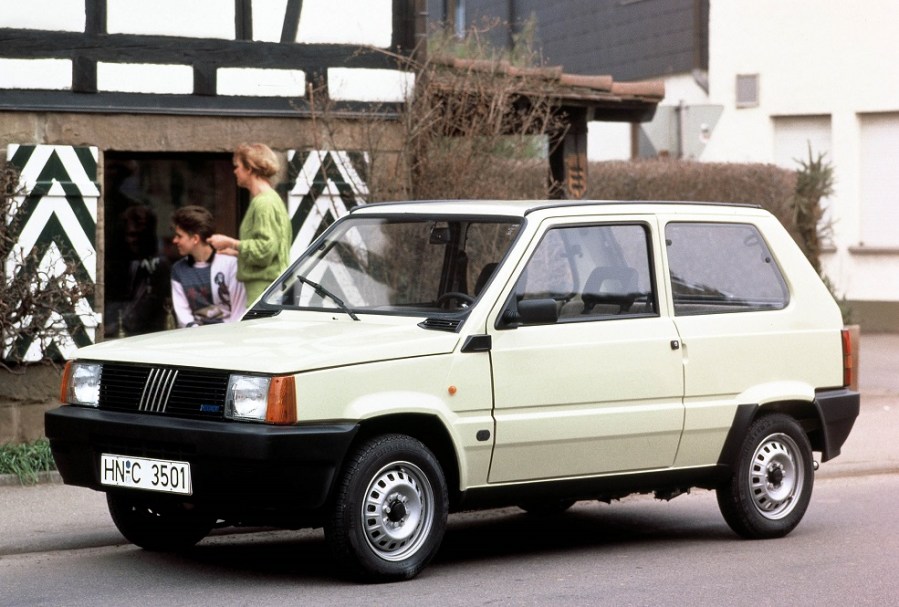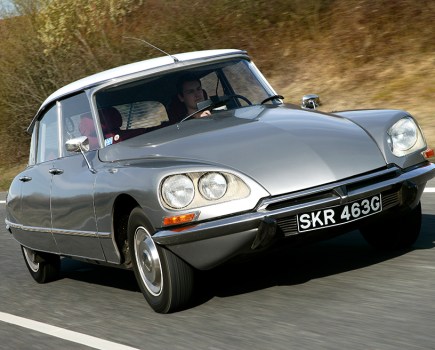Like a modern-day 500, Fiat’s original Panda was designed originally as affordable utilitarian transport but the minimalist approach encouraged some innovative thinking which gave the car a cult appeal across Europe.
Designed by Giugiaro, the Panda featured flat body panels and glass to keep costs down, with windows interchangeable left to right. Suspension was basic, employing leaf springs on the rear beam axle. Engines and running gear were borrowed from the Fiat 127, initially using the 903cc four-cylinder with some markets also receiving the air-cooled twin from the 126.
The interior was one of the car’s neatest touches. The seat coverings could all be removed and washed, while the back seat could be folded flat to make a bed or removed entirely. A 4×4 model engineered by Steyr was introduced in 1983, using a selectable four-wheel drive and a gearbox with super-low first.

A facelift in 1986 saw the Panda gain sophistication, with the rear leaf springs replaced by coils, although the Panda 4×4 retained the leaf springs. At this point the pushrod engines were replaced by Fiat’s new overhead-cam Fully Integrated Robotised Engine (FIRE) design of either 769cc and 34 bhp or 999cc and 45 bhp.
A second facelift arrived in 1991 adding the new Fiat corporate grille design but from 1996 tighter emissions and safety requirements made it harder to sell the car in Europe and it was phased out, with production ending in 2003. The Panda name carried on of course, but the new car was very much a chic city car rather than utilitarian do-anything, go-anywhere tool for hill farmers. An incredible 6.4 million Pandas have been sold since its introduction.





